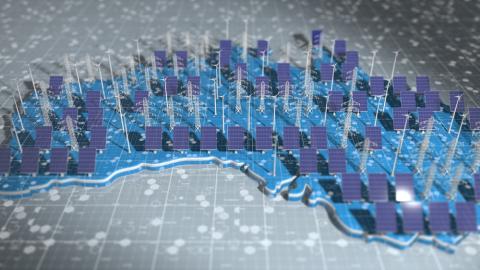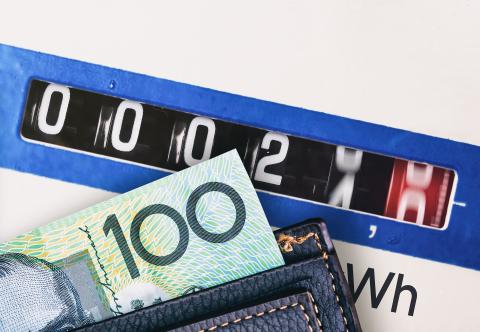Sub-critical Australia' risks from market imbalance in the Australian National Electricity Market
Download Full Report
View Press Release
Key Findings
The NEM is heavily dependent on aging sub-critical generation. In NSW, Queensland and Victoria, sub-critical coal-fired generation represents 50% or more of total generating capacity. The fleet is aging; there are five generators that are more than 35 years old.
As at June 2015, IEEFA estimates that the NEM had approximately 7,600 MW of excess capacity in the system, representing a not-insubstantial 16% of total capacity.
Between 2012 and 2015, wholesale electricity prices were weakest in Victoria. We calculate that in real terms, wholesale electricity prices in Victoria fell between 2012 and 2015.
Executive Summary
The National Electricity Market (NEM) is dominated by sub-critical electricity generators that are in general old and—especially in Victoria—highly polluting by global standards. The NEM is fundamentally out of balance, but due to high exit barriers and first-mover disadvantage and policy uncertainty, supply has not adjusted sufficiently to match falling demand. This situation has resulted in excess supply, long-term weaker wholesale prices, pressures on generator profitability and unforeseen shutdowns.
On a theoretical stand-alone basis IEEFA calculates that the remaining generators are profitable at the EBIT level, albeit by varying degrees. Notwithstanding this, the recent experience of South Australia highlights the risks of shocks to the system.
The NEM is subject to significant negative externalities that require policy intervention, for example: sub-optimal emissions outcomes from less polluting generators closing first, energy security, unemployment and under-funded site-rehabilitation costs. Other governments, such as those in Canada, the U.S. and the U.K. either have or are implementing policies to address these issues.
In IEEFA’s view it is imperative that policies are implemented to allow for a more predictable and faster phase out of the sub-critical generators in the NEM. Putting off this task will likely make it harder, and increase the risks of poor outcomes along the way. A wide range of possible market and regulatory solutions are available.
Please view full report PDF for references and sources.
Press release: New IEEFA Report: ‘Sub-Critical Australia’ East Coast Grid Needs an Electricity Market Plan















